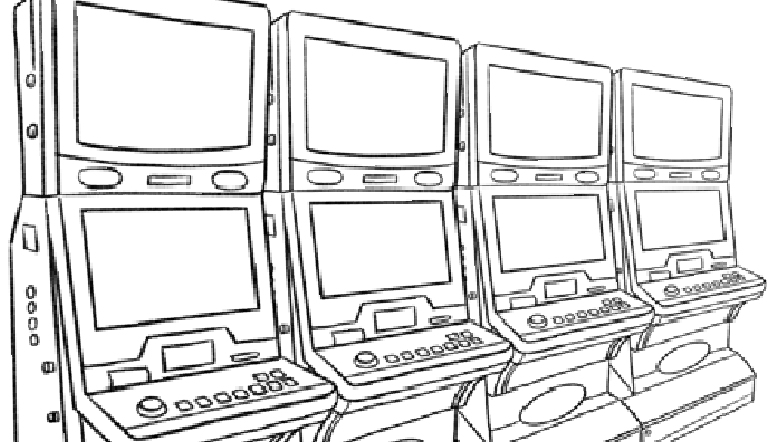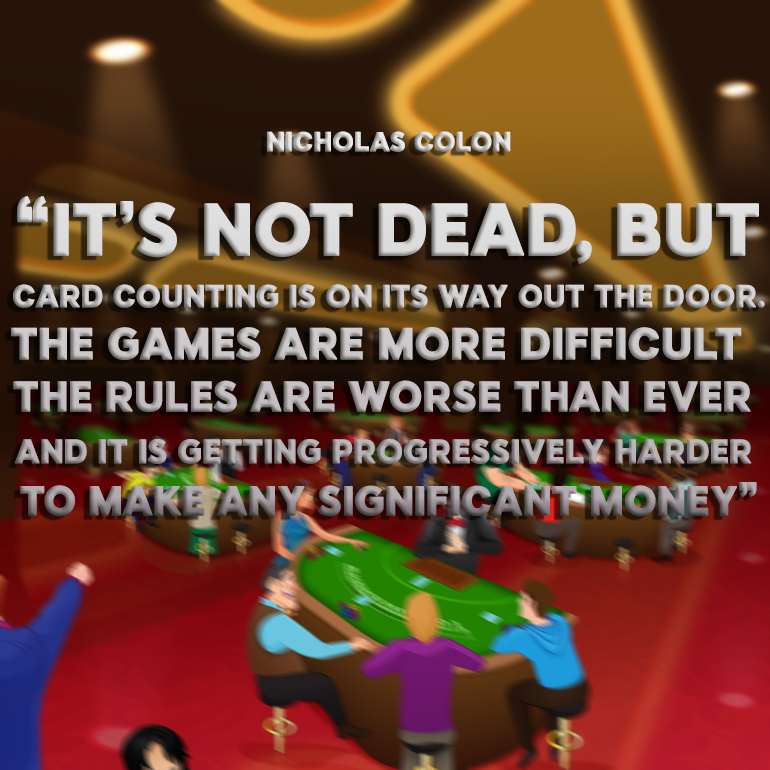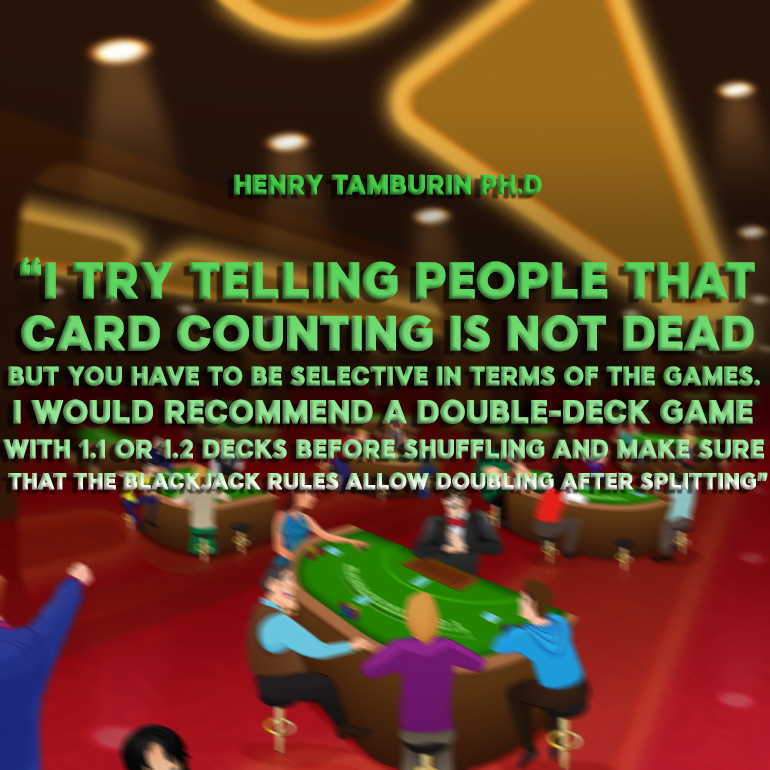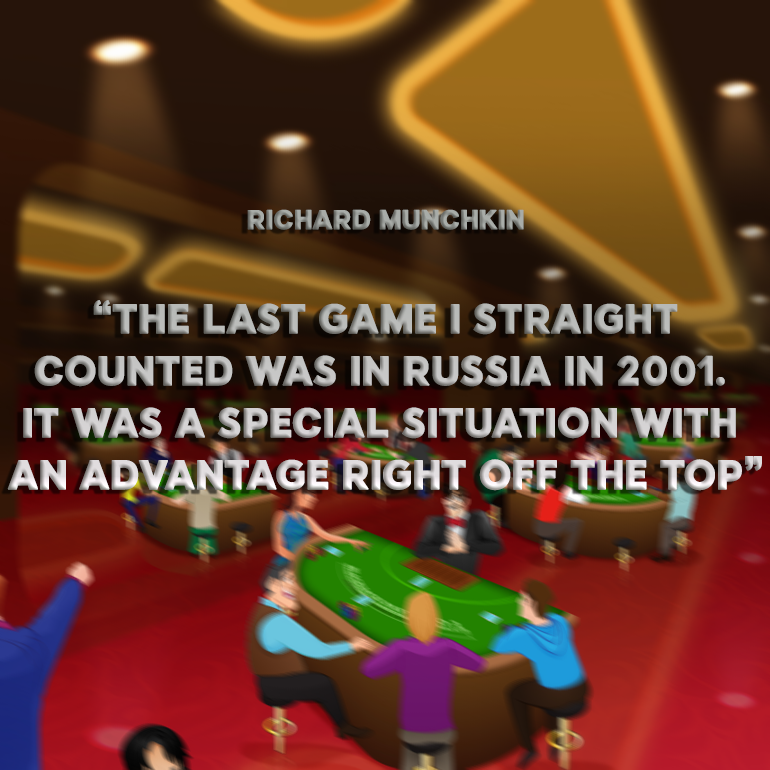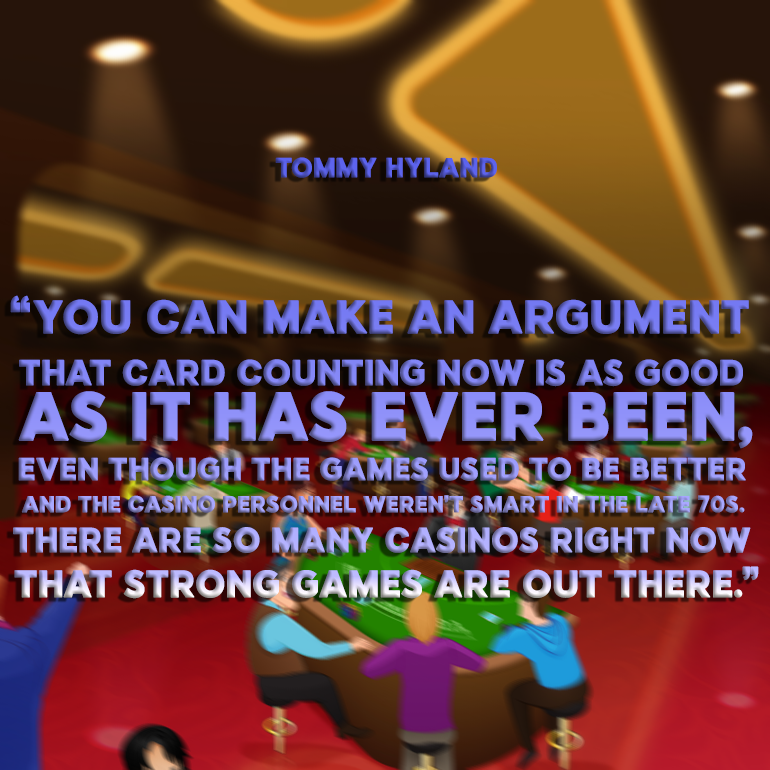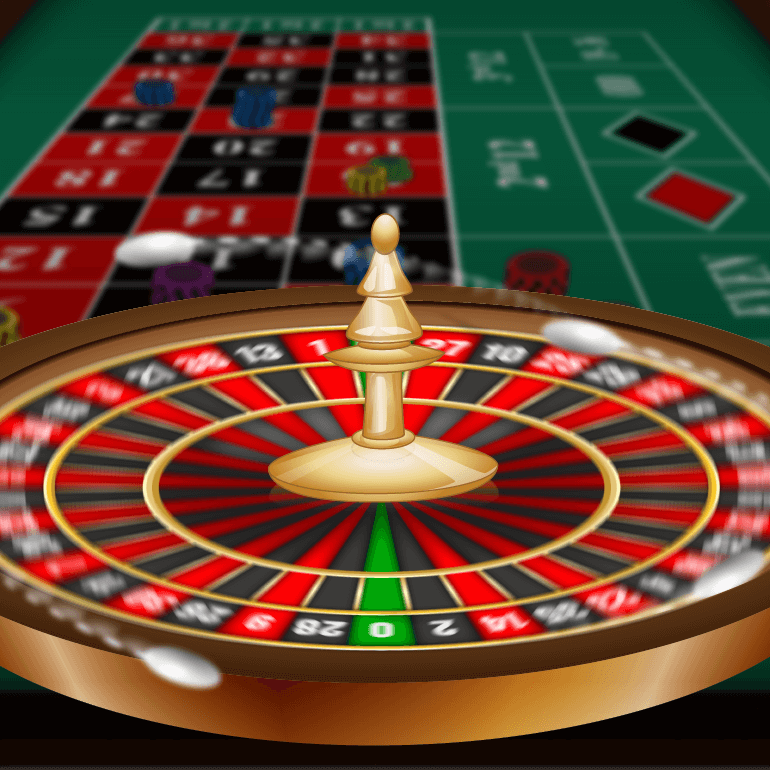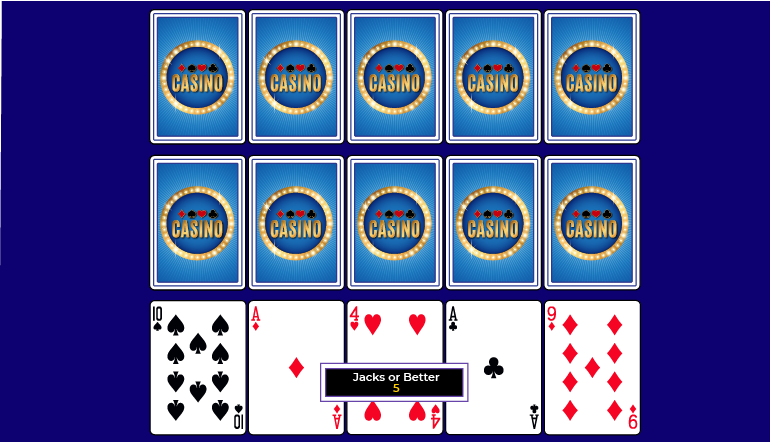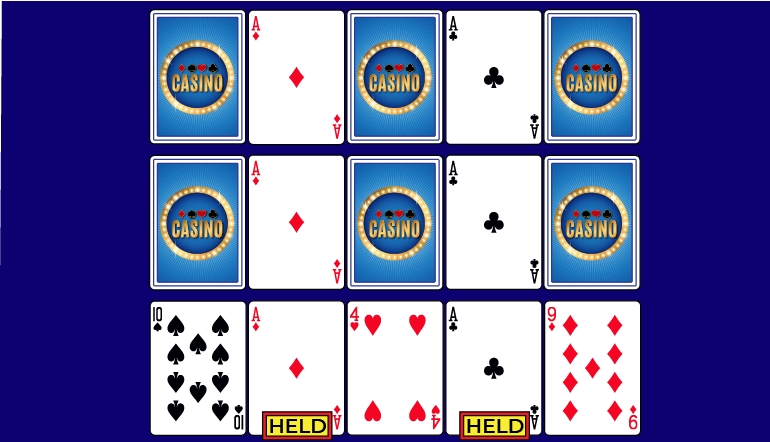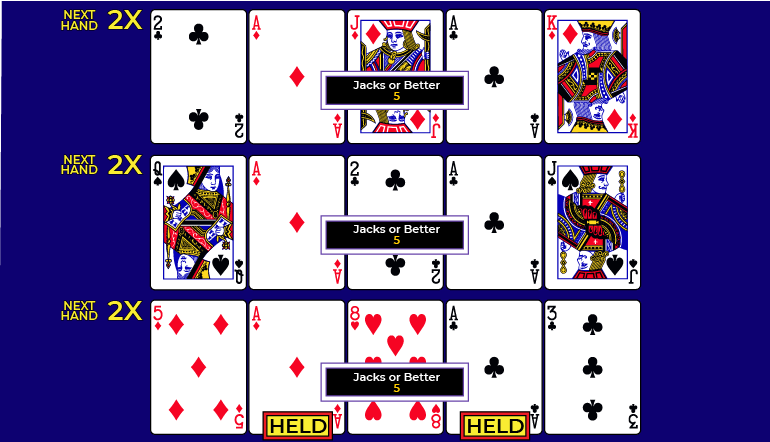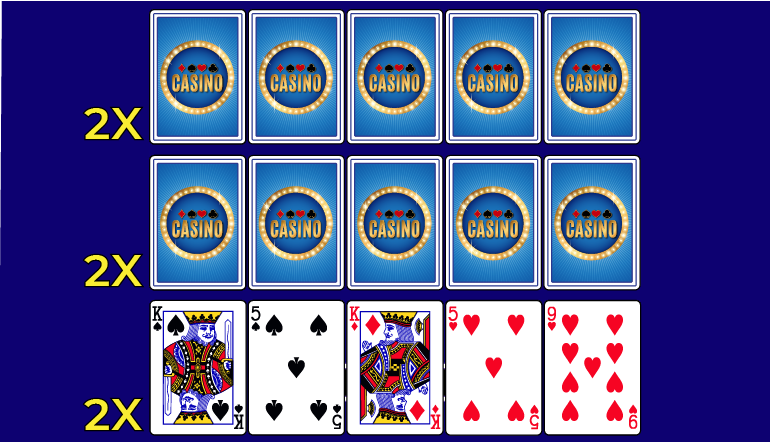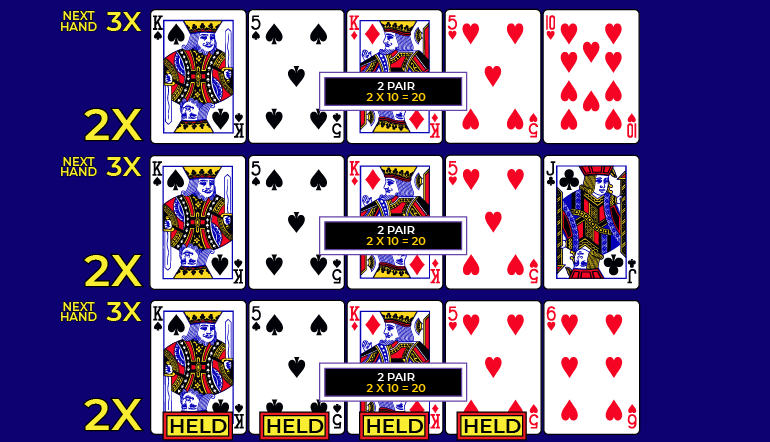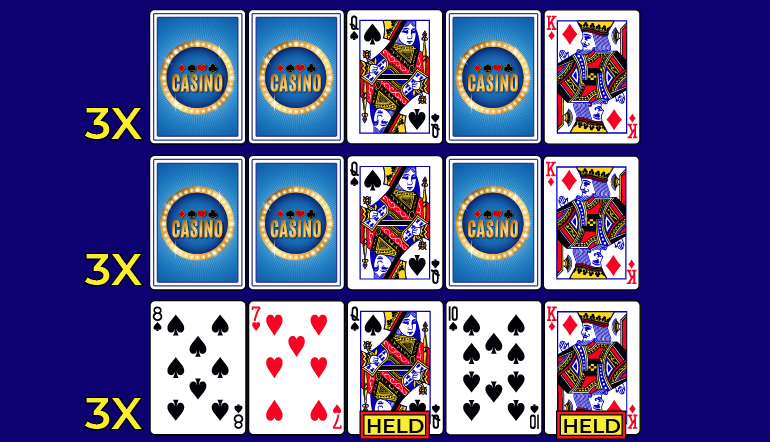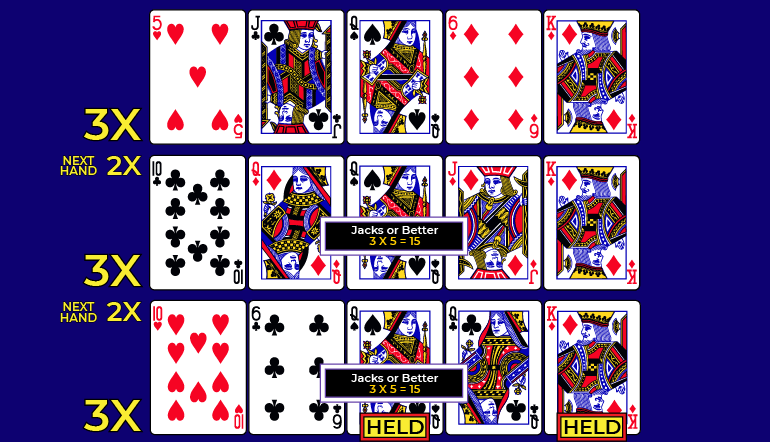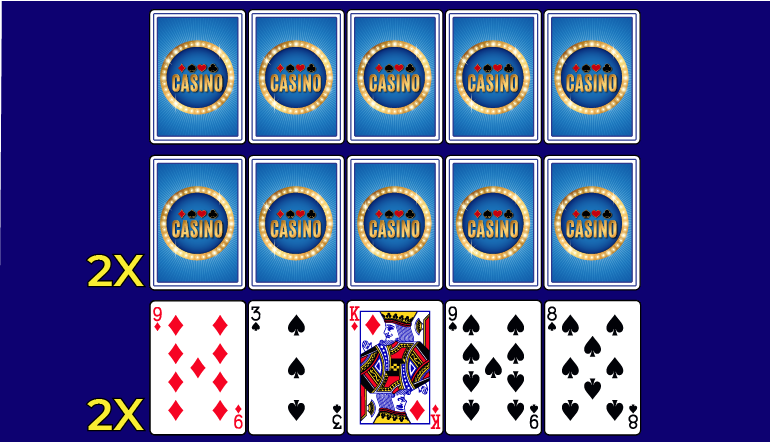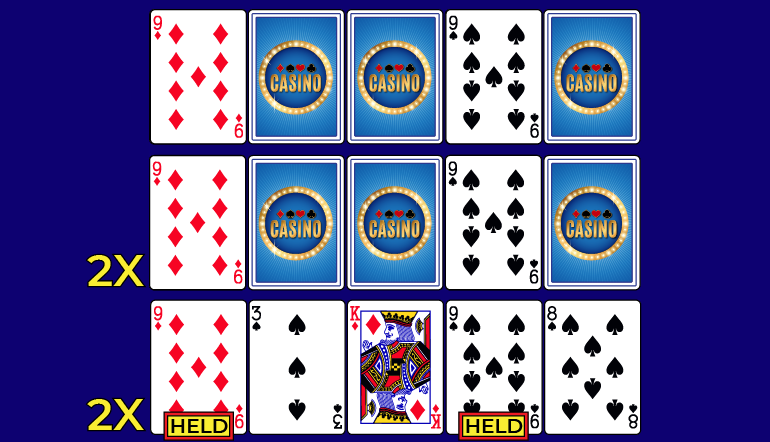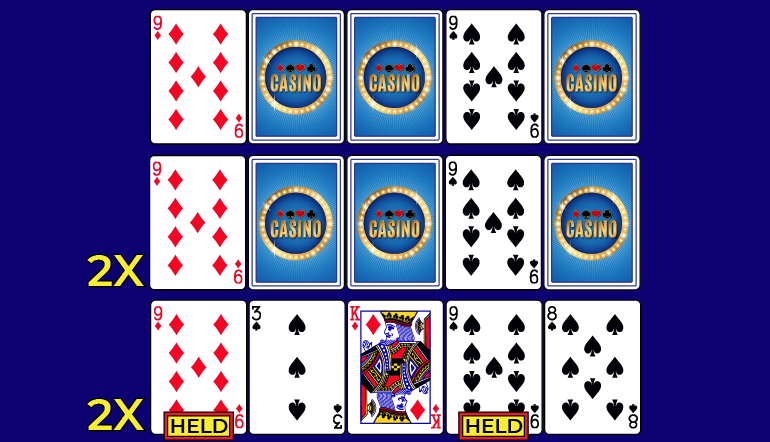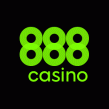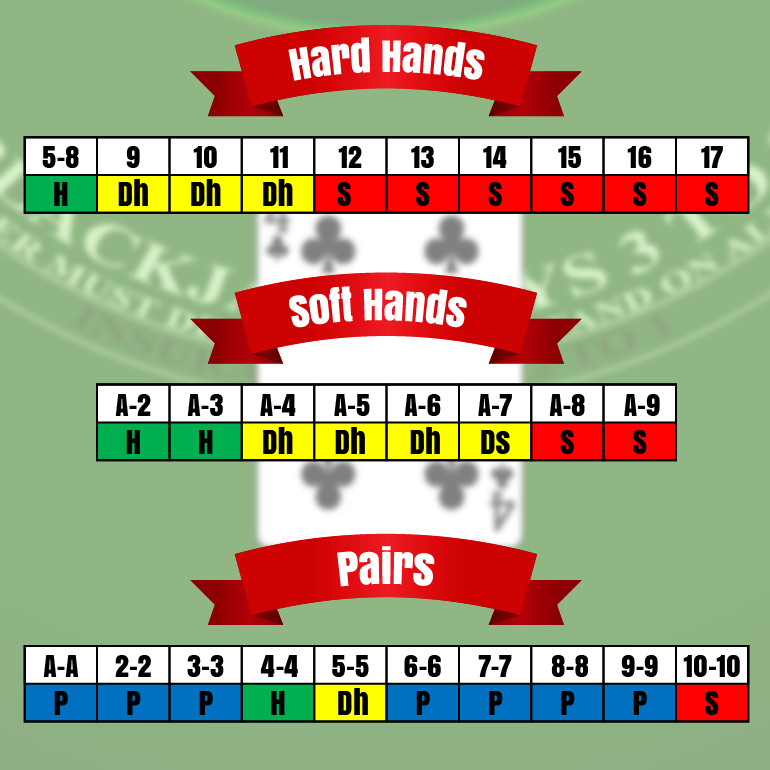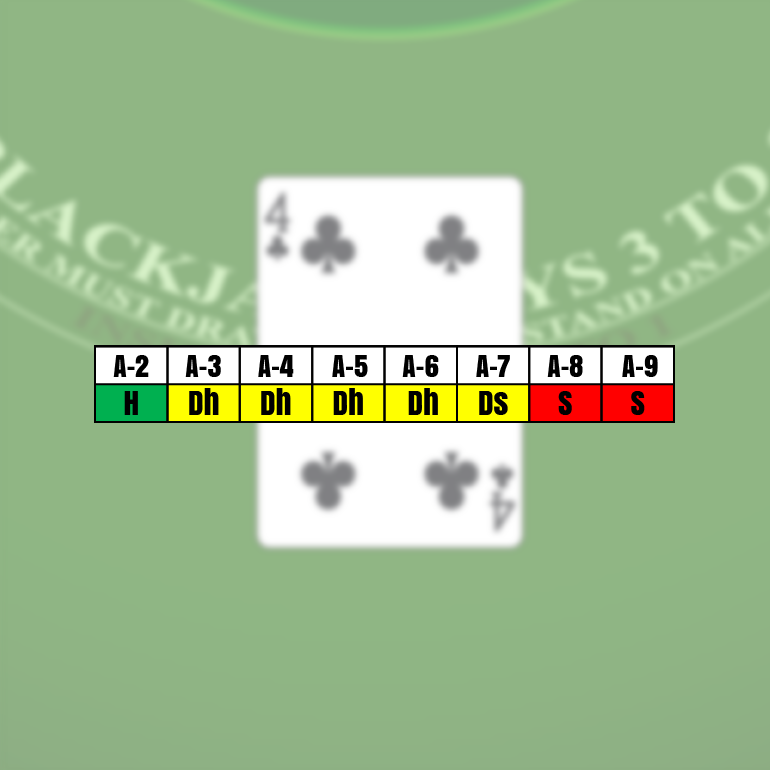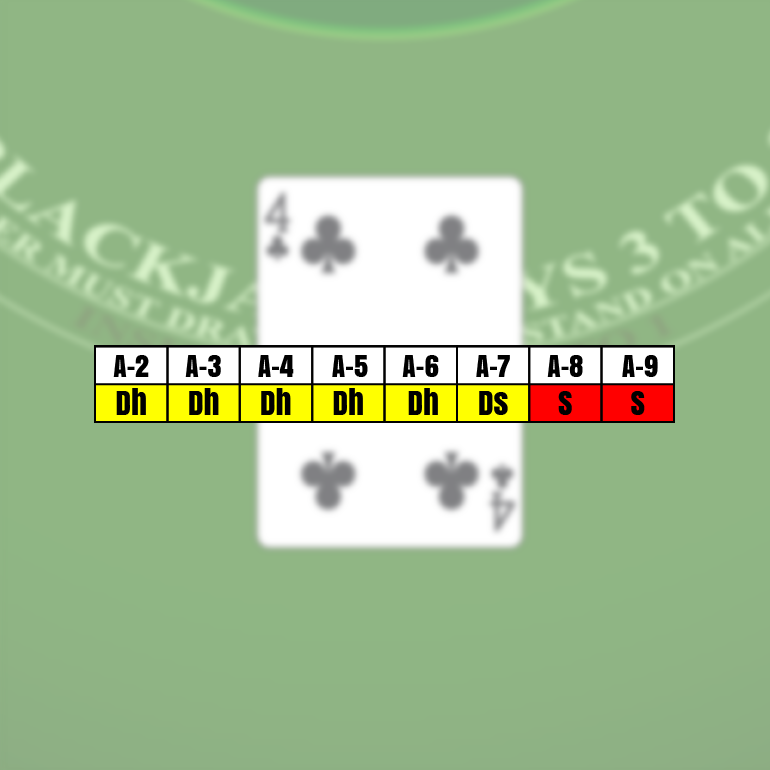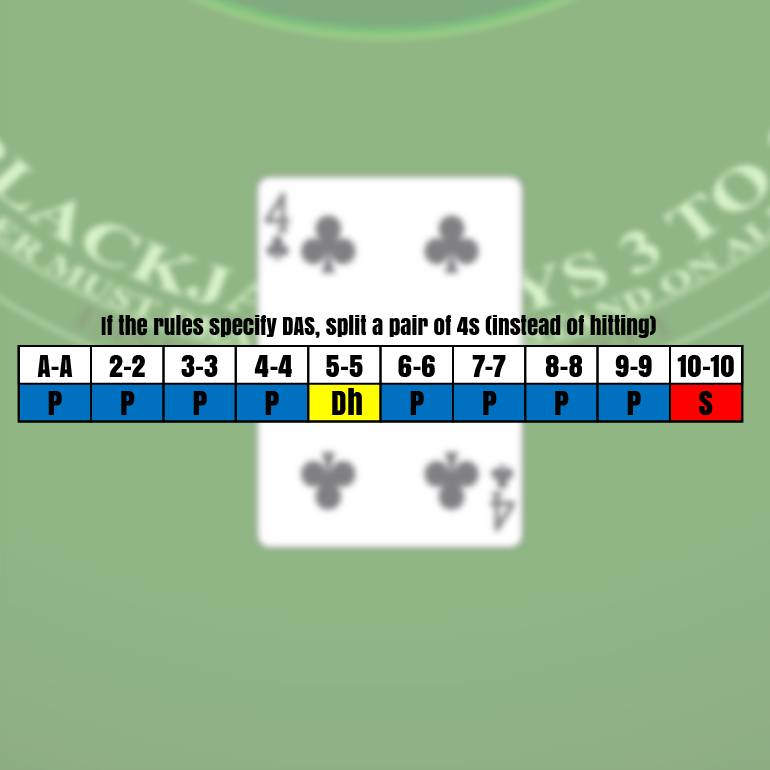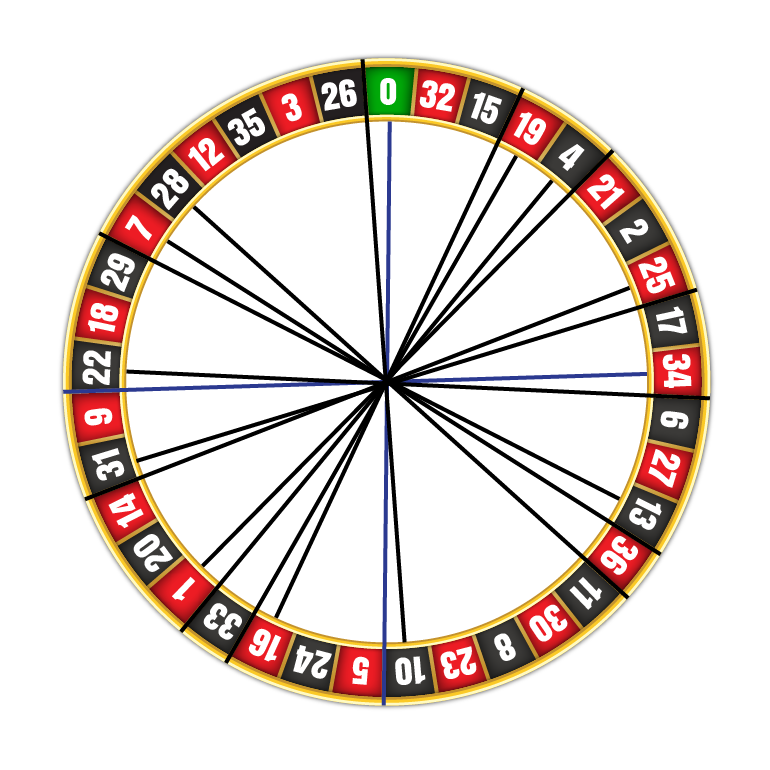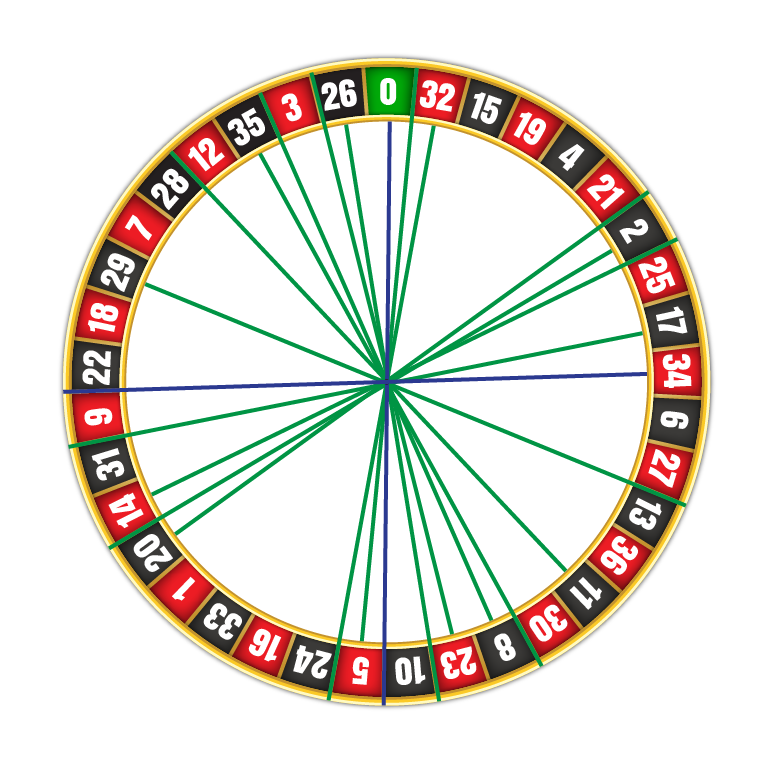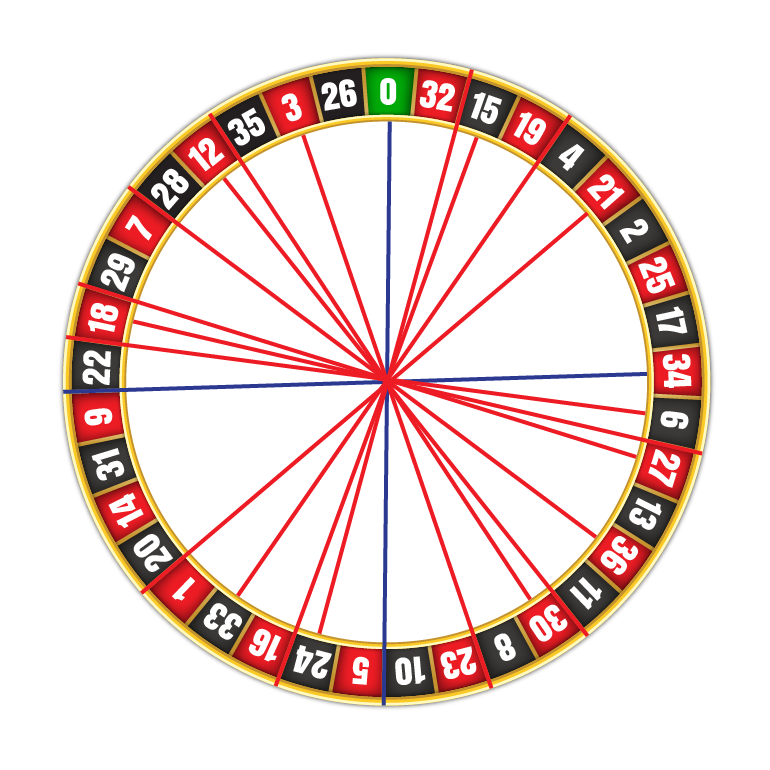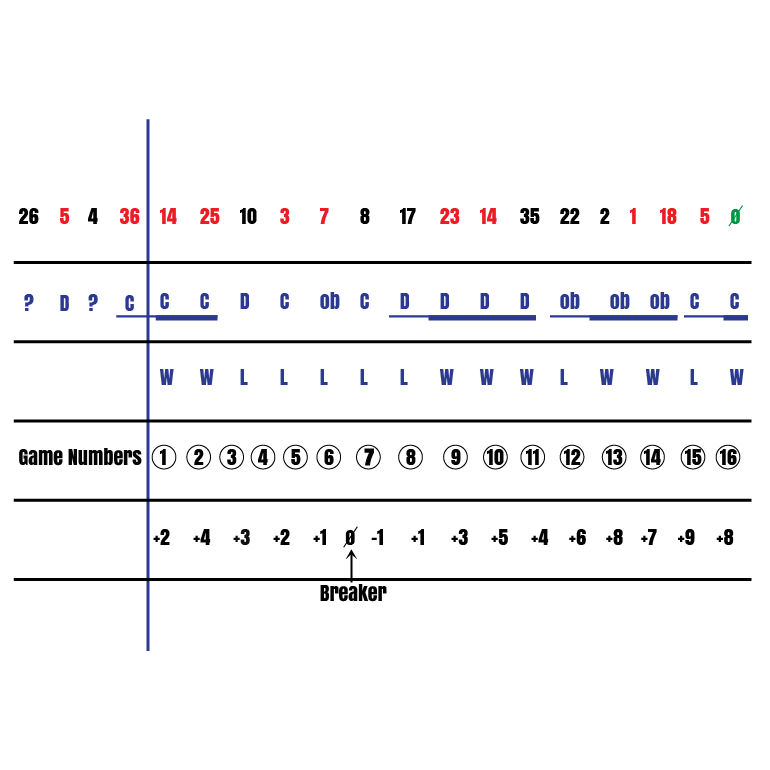It was a beautiful evening in Las Vegas for the 22nd Blackjack Ball, co-hosted this year by Max Rubin and Richard Munchkin. The gala was held at a secret location and security was tight. (To get in, you had to be on the invited list and also show a photo ID to a security guard.) This year a total of 110 highly selected, elite invitees, mostly blackjack professionals from around the world (one from as far away as Singapore), attended the party that featured some of the world’s best active and retired blackjack players and legends of the game (as well as a smattering of gambling writers, lawyers, and others who have contributed to the craft). (In total, 12 out of 16 living members of the Blackjack Hall of Fame were in attendance.) This unique group of professionals meets annually to renew old acquaintances, make new ones, exchange playing experiences, and compete for the coveted Grosjean Cup and title of the “World’s Greatest Blackjack Player.”
(As an aside, the Ball had been held in January the past several years but because of a scheduling conflict with a key attendee, it was rescheduled to April. Weather-wise this turned out to be in everyone’s favor because rather than a typical cold, damp, and dark January evening in Las Vegas, it was warm and sunny when I drove to, and arrived at, the party. The reason the location of the Blackjack Ball is a closely guarded secret is if a casino employee were to discover its location and somehow infiltrate the event, it would make that employee’s career, while at the same time destroy the livelihood of many professional players. Additionally, an invitation to the Ball is so sought-after by players that untold numbers call, beg, and badger Max Rubin for a coveted invite.)
Note: Here’s a little history about the Blackjack Cup that the winner receives. Several years ago, James Grosjean beat his peers in the Blackjack Ball competition three out of four years, and took second place the other year. Because of this extraordinary feat, Rubin told Grosjean, “Your game’s too good,” and barred him from further competition. However, the Blackjack Ball committee also acknowledged Grosjean’s accomplishment by renaming the Blackjack Cup the “Grosjean Cup.” (Note: Since 2016, the Grosjean Cup became a Nebuchadnezzar, a 15 liter, three-foot-tall, engraved bottle of Luc Belaire Rare Rose champagne, courtesy of Blackjack Hall-of-Famer Don Johnson. The winner also gets bragging rights as the “World’s Best Blackjack Player.” Subsequently, Richard Munchkin won for the third time, and was also banned from future competition; however, to honor his three-peat accomplishment, the second place winner in this year’s competition received the “Munchkin Award.” Another distinction given to three-time winners Grosjean and Munchkin is they are allowed to submit questions to Rubin for the 21-question written test, which they did.)
Invited guests must bring a bottle of chilled premium champagne to the party to share with their colleagues. (Anyone bringing a “cheap” bottle of bubbly would be refused admittance and permanently removed from the invited guest list.) Additionally, all attendees chipped in twenty bucks to “seed” the pot for the Calcutta (more about this shortly).
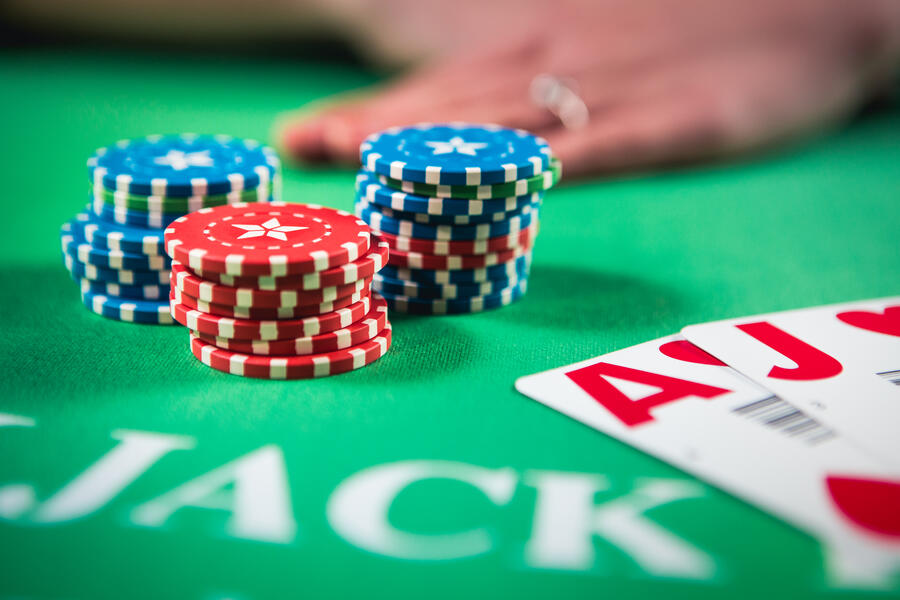
The evening’s festivities began with hors d’oeuvres and drinks (with plenty of champagne!), followed by a delicious buffet featuring carved prime rib, salmon, and lots more good eats courtesy of Barona Resort and Casino. (They sponsor the Blackjack Ball and in return, the players in attendance agree not to play blackjack in their casino, a very smart move on their part because all other casinos are fair game.)
At this year’s ball, the attendees got to vote on a slate of seven nominees for induction into the Blackjack Hall of Fame. What follows is the process used to choose nominees for induction into the Hall of Fame (by Max Rubin).
“The living members of the Hall of the Fame sent names to me for suggested nominees, and all names were then discussed and voted upon. The seven prospective nominees that received the most votes were then placed on the ballot.
“Much to their consternation, this process has prevented several well-known but lesser accomplished “one trick ponies” that have written introductory-level books or excelled at running numbers from joining the mix of truly worthy candidates that have achieved the highest levels of success, either on the tables or through their contributions to the craft.”
The list of the seven nominees this year and a synopsis of their accomplishments are below. All bona fide professional blackjack players at the Ball selected only one name on their ballots (rather than two) out of the following seven worthy candidates.
(Note: After you read their bios, whom would you have voted for?)
CAT HULBERT
Cat was selected as one of BBC’s 100 Women of 2016 – an honor given to “high profile women from the spheres of entertainment, sport, business and politics.” Chosen for being the first woman to break through the glass ceiling of professional blackjack in 1978, she played on the Czechoslovakian blackjack team in over 300 casinos worldwide. Cat’s aggressive play and fearlessness changed many opinions on the mathematical and emotional capabilities of women to bet-it-up under pressure.
Selected by Card Player Magazine in 1996 as one of the best and smartest card players in the world, she was one of only eight professional gamblers to be included in Richard Munchkin’s book Gambling Wizards. Along with teaching a woman’s-only poker class for many years at the Hollywood Park Casino, Cat also wrote Outplaying the Boys, a humorous book and guide for women published in NYC in 2005, which teaches ladies how to become more competitive in life and at the tables.
Cat was featured in LA’s “The Daily Breeze” and the Sunday LA Times for her top-notch card playing abilities in blackjack and poker. She was a contestant on Blackjack’s Tournament of Champions, and has been a guest on numerous radio shows including NPR, Gambling with an Edge, and BBC’s The Conversation. She is often sought out due to her unusual successful life choices and her mission to change how women are viewed – by men and by themselves alike. On December 7, 2016, the BBC published a biographical article based on her remarkable exploits that claimed to have received a million reads the first day it appeared on their homepage.
MIKE MICHALEK
Mike was one of the earliest card counters to realize that there were opportunities in blackjack beyond conventional card counting. Credited by many for creating some of the earliest shuffles- and ace-tracking methods, he was one of the very few AP’s that could walk through a casino, see a game or procedure, and often design unique plays to exploit new opportunities “on the spot.”
When Mike's name comes up among those in the know, the word “creative” often begins that conversation. As the brain behind many successful sports and blackjack projects, many famous Advantage Players relied on the lessons learned from Mike to accumulate massive bankrolls, and most all of them attribute money they’ve made over the years to his influence. Renowned professional blackjack players, including Tommy Hyland, Bill Benter, John Chang, Peter Wagner, Richard Dougherty, and many, many more often pay homage to Mike for taking their games to new heights.
Although Mike has been inactive for more than ten years due to serious health issues, some of his more clever Blackjack “inventions” are still being used by talented AP’s across the globe to harvest money from casinos that continue to be unfamiliar with the unique playing and betting techniques that he created decades ago.
RICHARD DOUGHERTY
Richard has long been one of the blackjack players casinos fear the most … and most often. Casinos have sent out literally hundreds of flyers, bulletins, and alerts about Richard during his more than three decades as a blackjack “road warrior” and yet he still marches on. Throughout his long, illustrious and (in)famous career, blackjack has been Richard’s virtually only source of income. No matter how many times the casinos back him off, assault him, and even go so far as to have him arrested for his legal activities, he never stops his relentless attack on their games.
Not only does Richard refuse to be intimidated by casino and surveillance personnel, he’s also “turned the tables” on casinos and extracted hefty scores via profitable lawsuits after suffering through illegal “back roomings,” and outright beatings in front of the public on the floor of a Las Vegas Strip casino! As if that weren’t enough to put Richard in the casinos’ crosshairs, as a fearless and fun-loving casino prankster, he’s also pulled off a number of clever and legendary practical jokes that leave everyone (other than the casinos) laughing with glee.
ROB REITZEN
There are few, if any, players that have won more money in the history of blackjack than Rob Reitzen. From simple card counting to shuffle tracking/sequencing to bottom steering to advanced computer play, Rob has beaten games in more innovative ways than most professional blackjack players even know to exist.
The founding partner of CORE, which went on to become the largest and most profitable player- banking operation in history, Rob was featured in an Esquire magazine article in which the reporter followed him and watched him beat Caesars Palace in Las Vegas out of more than $500,000 on a single weekend, while using a sequencing technique he dubbed “The Hammer.”
WALLY SIMMONS
Wally Simmons is quite likely the most underrated name in the blackjack world. Although he hasn’t played in some 20 years, in the early days he was a very skilled, multi-faceted player that used sophisticated techniques long before they were well-known or fashionable to win countless millions of dollars.
As a computer programming genius, he also developed some of the first electronic shuffle tracking computers that harvested additional millions, as well.
Along with Bill Benter, Wally went on to parlay his blackjack money into incredible success as a technically savvy and data-driven horse racing programming prognosticator.
If there were a “Nice Guy Hall of Fame,” Wally should be the first inductee. He is also known for hosting the second most famous party for blackjack players, dubbed “Wally’s Super Bowl Party,” which went on for about 15 years, and was attended by many of the more famous and successful practitioners of the blackjack arts. Sparing no expense, the cost of one of Wally’s infamous parties would have easily funded most blackjack professionals’ entire starting bankrolls.
MARIA “THE GREEK”
Maria is the co-founder and one-time manager of “The Greeks” blackjack team. Having quit their day jobs as very successful New York attorneys, she, along with her brother and highly respected colleagues, formed the largest single group of players in history; at one time she simultaneously managed over 40 individual players.
She recruited only the top talent, with the most notoriously difficult set of tests required to pass in order to get onto the team. Additionally, Maria’s team won countless millions utilizing a “slash and burn” technique in which BP’s would wade into the middle of a game, often betting 3 x $10,000. Needless to say, each BP didn’t last long, but the enormous bets resulted in some of the largest card-counting wins in history.
An extraordinary businessperson, she utilized her business acumen, extraordinarily high I.Q. (even among the best of the best) along with common sense to guide the most successful single card counting team this century.
Along with being a master at sequencing, tracking and now a high stakes poker professional, Maria is also the only woman to have ever won the coveted title of “World’s Greatest Blackjack Player” at the Blackjack Ball. (This was even in the days that arm wrestling, chip shuffling, card tossing and more, were among the 11 competitive events at the final table.)
PAUL RYLANCE
Paul was an early pioneer regarding team play, especially as it related to shoe-based 21. During the ’70s he implemented a professional and mathematically based approach to bankroll sizing that involved running blackjack simulations. He is possibly the first player to organize a team and attack the European casinos. Paul organized and managed the Czech team. His team was able to play simultaneously in multiple countries on multiple continents. All players, including women, were treated with integrity and respect. He also organized and managed one of the largest 1979 Atlantic City teams and paired up with Ken Uston, which was written about by Uston in the book One-Third of a Shoe.
NEWEST INDUCTEE INTO BLACKJACK HALL OF FAME
Congratulations to Wally Simmons for being voted by his peers into the Blackjack Hall of Fame. (Simmons garnered two more votes than runner-up Rob Reitzen.)
Wally now joins an illustrious group of blackjack dignitaries in the Blackjack Hall of Fame. (You can view the physical Blackjack Hall of Fame at the Barona Resort and Casino, located in San Diego, CA).) The up-to-date listing of the members of the Blackjack Hall of Fame (and the year they were inducted) follows:
- Al Francesco (2002)
- Peter Griffin (2002)
- Tommy Hyland (2002)
- Arnold Snyder (2002)
- Edward O. Thorp (2002)
- Ken Uston (2002)
- Stanford Wong (2002)
- Max Rubin (2004)
- Keith Taft (2004)
- Julian Bruan (2005)
- Lawrence Revere (2005)
- John Chang (2006)
- James Grosjean (2006)
- Roger Baldwin, Wilbert Cantey, Herbert Maisel, and James McDermott, collectively known as the “Four Horsemen of Aberdeen” (2008)
- Richard Munchkin (2009)
- Darryl Purpose (2010)
- Zeljko Ranogajec (2011)
- Ian Andersen (2012)
- Robert Nersesian (2014)
- Don Schlesinger (2015)
- Bill Benter (2016)
- Don Johnson (2017)
- Wally Simmons (2018)
CALCUTTA
Next on the agenda was the usual Calcutta (affectionately known as the “Charitable Calcutta Auction”), which is sort of a pari-mutuel wagering where the attendees can bet on who will win the coveted Grosjean Cup. Below is the list of the seeds (The Field). Each attendee was slotted into an appropriate grouping. Max posted the opening odds of winning for each seed, and then attendees bid from $600 up to $4500 on who they thought would win the Grosjean Cup.
| THE FIELD |
| COAST TO COAST CHAMPS Rick "Night Train" Blaine & Smoke |
| LOCAL CHAMPS Anthony Curtis & John Murai |
| THE MIT TEAM John Chang and Andy Bloch |
| The Final Table All Stars Pete C, Drew S, & Joe Pane |
| David Y and Cody S. |
| HOF Team Johnson, Purpose, Snyder, Hyland, Zeljko & Benter |
| Old School Pros Reitzen, Wally, Jake, & Billings |
| The Florida Solos Jamie, Justin, Geneva & Steve |
| The Gambling Writers Rodman, Henry Tamburin, Hwd Dave, B Meadows, Kaplan, Colon |
| GREEKS Maria, Nick, Joanna, Rozanna, Tony S |
| The LAW Bob N, Thea, Bob Loeb, WRX |
| HOLY ROLLERS Colin, Joe E |
| Gambling Sharps Frank B, Capt Jack, & Will |
Bidding was lively amongst this group of advantage players. (The reason, of course, was due to the overlay created when we all chipped in $20 at the door to seed the pot. There was some serious money to be won in the Calcutta, and the group of advantage players knew it.) Max, of course, was the auctioneer, and he kept extolling the virtues of players in each seed to bump up the bidding, which was often fast and furious. (Note: The money collected from the highest bidder for each seed goes into a pool, and the prize money was disbursed to the persons who purchased the finalists finishing first, second, and third (win, place, and show), and 10% was awarded to the winning bidder for the fourth-place finisher, in the competition for the “World’s Greatest Blackjack Player.”) Also, the attendees in each seed are allowed to purchase up to 50% of themselves from the highest bidder.
The competition for the title (and bragging rights) as the World’s Greatest Blackjack Player consists of several rounds, the first being a challenging, 21-question, written test followed by a series of subsequent rounds conducted on a blackjack table that test the player’s card counting skills.
(Note: The test includes a mix of questions on blackjack, gambling trivia, and general knowledge because, as Rubin puts it, “A world-class blackjack player should know lots of stuff because you never know when it might come in handy.”)
Below are instructions were given to everyone by Richard prior to reading the test questions. Put on your thinking cap and try to answer them.
BLACKJACK BALL: ROUND ONE QUESTIONS
As always, to prevent advantage play and outright cheating, as you fill out your game card, you must completely answer each true or false question or multiple choice question and fill in the blank before we move on to the next question. All answers must be marked with dark ink. You cannot change your answer once you have marked your card. If there are any blanks or changed answers on your card then when it is graded and handed in, you will be disqualified. It’s happened before, so be sure to complete every answer. One time only—with NO revisions.
Please write your name on your card now to make sure that your pens are working. If they aren’t, hold up your hand and we’ll bring you another one.
Also, anyone who looks at their cell phones for any reason, other than to take an emergency call, in which case we will all wait until that emergency has been dealt with, will also be disqualified from play. You are allowed to use the back of your playing card to calculate your answers.
I’ll repeat each question only once. Ready?
- True or False: There are at least two legal methods that world-class card pros can use, including solo and/or team play, that can actually gain the pro a tasty edge while playing Won Ton War in a casino.
- Las Vegas casinos have hosted golf, tennis, Jai Alai, Grand Prix, and now Hockey. Which Vegas casino once offered live, onsite horse racing?
- El Rancho
- El Rancho Vegas
- Sahara
- Thunderbird
- Last Frontier
- There has never been a legitimate horse track in Vegas. The horses can’t run here because of the heat.
- We all know that as a courtesy to Barona for housing the Blackjack Hall of Fame and the many other things they do for the professional Blackjack Community, including allowing Max to present the Blackjack Ball, everyone sitting here agrees to NOT play there—which is probably the smartest move a casino has made in the last 22 years since the Ball began. In part because you don’t attack their games, Barona now has substantially more full-pay pitch games than any other casino on the planet. By a mile. Sorta. Within three, how many full-pay 0.26% pitch double-deck games does Barona now have?
- True or False. Showing us just how savvy and fair the selectors truly are, ever since the NCAA Basketball Tourney was expanded to 64 seeded teams in the first full opening round, number 11 seeds have beaten the sixth- seeded teams more often than the number 12 seeds have beaten the number fives. True or False.
- As you know, UBER and Lyft are two companies that compete with Taxi Cabs. Which of these Blackjack Hall of Famers sometimes hires himself out as an UBER driver?
- When we lost the Riviera Casino, we also lost the NAME of Riviera Blvd. What is the NEW name of Riviera Blvd?
- True or False? In the NFL it is possible for the quarterback to throw a legal forward pass while his foot is beyond the line of scrimmage.
- This comes from James Grosjean. Which of the following scenarios gives you the highest edge if you’re playing one hand?
- A Six as the Dealer’s up card in blackjack.
- A Nine as the first card to a player hand in baccarat
- A ten as your card in Casino War
- A King as your first card in Three Card Poker
- Another from the mind of Jimmy G. Within 3% what’s the probability that in a randomly shuffled, standard deck there will be an Ace and Jack next to each other?
- True or False? There’s this lady named Joan Ginther who’s had four winning scratch-off lottery tickets totaling over $15 million dollars from the Texas state lottery. That much is true. True or False. Joan lives in Vegas and has a PhD in Statistics from Stanford?
- Where in Nevada do you find the Area 51 Travel Center, which includes an alien-themed legal brothel?
- Armargosa Valley
- Barnhole Hollow
- Itchy Stick Canyon
- Long Dong Wash at Lathrop Wells
- Virgin Valley
- Sorry, I’m just messing with you. There is no alien- themed brothel in Nevada.
- Name a person sitting in this room who lives at least 5,500 miles away who is attending the Blackjack Ball for the first time.
- True or False. According to the Nevada Gaming Abstract, compared to 2016, across the board, Nevada’s statewide gaming revenue fell in 2017.
- One more question from the 2017 Nevada Gaming Abstract. Which one of these statements is not correct?
- On the Vegas Strip, table games won more money than machines.
- Penny Slot Machines won more money than all of Nevada’s Nickel, Dime, Quarter, 50 Cent, Dollar, Five Dollar, Twenty-Five Dollar and Thousand Dollar Machines combined.
- The average blackjack game in Nevada won over $1,300 a day.
- The Exact Published Big Baccarat win for the 24 largest joints on the Vegas Strip was one billion, one hundred twenty-one million, one hundred twenty-one thousand dollars.
- On the Strip, table game win fell while machine revenue actually grew.
- All of the above answers are not incorrect.
- The Easternmost casino in Iowa is called the Wild Rose. It’s located in a town with the same last name as a former U.S. President. Name that town.
- True or False? Contrary to published facts, which may, in fact, be another example of “Fake News,” or just conveniently lost ancient history, the Las Vegas Knights are NOT the first team in the ENTIRE history of the NHL, MLB, or NBA to sweep their first playoff series in their first season of play.
- You count down a single deck and with just three cards left, your Hi-Lo count is zero and your Silver Fox count is also zero. Which of the following statements must be true?
- The last three cards are all the same value.
- There are no Aces left.
- There is at least one 8 remaining
- You made a mistake in your count
- If we used the cards to deal the beginning of a heads-up round of blackjack, an Over 13 blackjack side bet would be a winner for sure.
- There is no such thing as a Silver Fox Count.
- Other than Harrah’s, there has been one other casino brand that operated in Lake Tahoe, Reno, and Las Vegas at the same time. Name it.
- Melania Trump is the first First Lady who was not born in the United States. True or False?
- Which of the following is not a racehorse that was active on a US track in the past year?
- Hip to be Don
- Munchkin Money
- Thorperrific SPELL IT
- I am Miss Brown
- A Toast to Max
- None of these are legitimate horses that run on US tracks.
- Nevada once had Jai Alai with pari-mutuel betting at casinos in both Reno and Las Vegas that had the same name. What was the name of those casinos?
2018 TIE BREAKER
Everybody cut cards. High card goes first. If two tie, they cut again until we establish the order. Line up.
Tiebreaker: Name a casino in one of the Four Corner states that was operating as of March 2018 and dealing blackjack.
If you miss, you are only out if the next person up can name a Four Corners casino and we move to the next person. If they get it, both of you are out. After three misses, we will go to another tiebreaker.
Note: You’ll find the answers to the test questions in part 2 of this article as well as a summary of the subsequent rounds in the competition for the World’s Greatest Player and who won the competition.
